Turner syndrome refers to a genetic disorder that is only found in girls. The most common features of people that suffer from the condition are shortness, nonfunctional ovaries, and certain physical characteristics. There is no cure for this disease but females with the condition can be given treatments that will help them live a normal life. This disorder also known as gonadal dysgenesis affects women whose X chromosome is missing or have other abnormalities with one of their sex chromosomes. Normal females have forty six chromosomes comprising two X chromosomes. When one has Turner syndrome, he or she has one X chromosome and if the two are present, one of them is usually abnormal.
The disorder occurs in only 0.05 percent of the women population. It occurs as a result of genetic disorder, which interferes with the female’s sexual development. There are a number of abnormalities that can be noted in such people with short stature, low set ears, and webbed neck being the most distinct body features.
When the X chromosome is not functional, there is amenorrhea, which is lack of menses and infertility. Apart from the sexual development disorder, individuals with the condition also experience cognitive limitations in spatial skills, memory and mathematical skills. The person is also prone to kidney and heart problems since the gonads and other reproductive organs are formed in one germ layer. A germ layer is basically a layer consisting of cells that form in time of embryogenesis.
Features of turner syndrome
Women and girls living with this condition have diverse symptoms and characteristics. There are two main symptoms that will always be evident in people with this turner syndrome. One is absence of reproductive organs and second is being abnormally short. The ovaries do not develop, which leads to infertility. Such women cannot bear children.
Despite the fact that unusual height and lack of ovary development are common in Turner syndrome, most of the times the disorder is not diagnosed until sexual maturity or school age. Other symptoms of the disorder vary from one person to another. For instance, while thyroid, kidney, heart, bone and ear disorders are also among the signs and symptoms, they are not found in all females with the condition.
Diagnosis
The condition can be diagnosed at any stage of life depending on the type of test that is carried out. It can also be detected before the baby is born through amniocentesis. Analysis of the chromosome is done using the specimen taken. Ultrasounds can also help diagnose the condition by detecting problems in the kidney and heart.
If the disorder is diagnosed before a child is born, it is advisable that the mother takes genetic counseling to enable her know what to expect and cope with the situation. In order to determine the exact disorder a female is suffering from, karyotyping is carried out.
Karyotyping refers to the assessment of chromosomes and analyzing their positioning in an individual. Blood samples are also examined to determine the amount of luteinizing hormone and follicle stimulating hormone. These two hormones are affected by variation in estrogen levels.
A physician can also carry out a physical assessment to look out for other abnormalities that could be developing. Some of the key areas for examination are the hands, feet, breasts, and fingers.
More diagnostic tests are carried out to determine if there are any complications to the kidneys, chest, reproductive organs, and heart. Some of the tests that could help determine these complications include pelvic examination, echocardiogram, MRI, and ultrasound of the kidneys and ovaries.
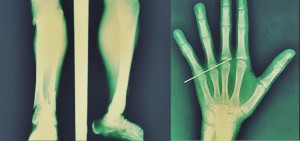
Turner Syndrome – Treatment
Treatment options available for this condition can be divided into medical and non-medical.
Growth hormone
The growth hormone therapy is often given from the age of twelve to twenty four months. However, a child should begin this treatment immediately he or she is diagnosed with the condition. The hormone can be given every day as a dose preferably at night. The therapy has been successful in increasing people’s height by even 10 centimeters. It is advisable that a child gets the growth hormone therapy until they reach the age of fourteen years.
Progesterone and Oestrogen
Blood tests taken to examine female hormones can determine if the ovaries are functional and if they are producing enough oestrogen. Depending on the results, oestrogen can be administered as an injection, tablet, or patch. The dose is given for the next few years until oestrogen levels get to normal.
Progestrogen is administered much later to enable an individual produce withdrawal bleeds like periods. The two hormones are usually given throughout the lifetime of the patient. Non-medical treatments for Turner syndrome include sex education, psychological therapies, lymphoedema management, and specialized assistance with schooling.

Turner Syndrome – Life expectancy
Women living with Turner syndrome live up to fifty years. Life expectancy reduces by around thirteen years. However, if the condition is not detected in good time, one can die earlier as a result of health complications such as heart and kidney problems. If a fetus has the condition, it could lead to still birth.

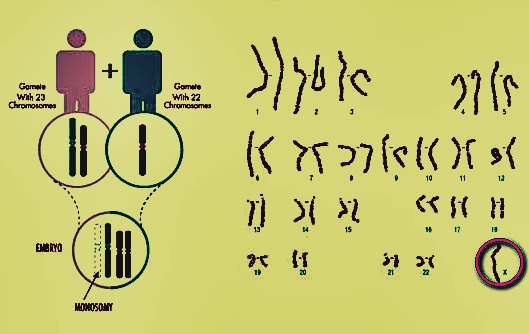
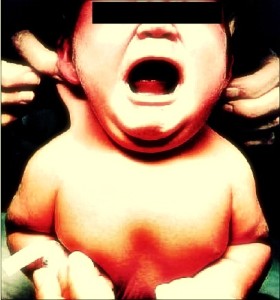
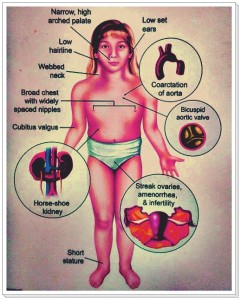
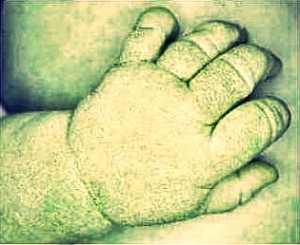
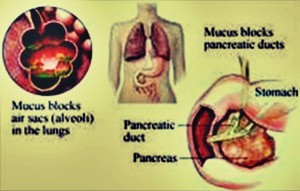
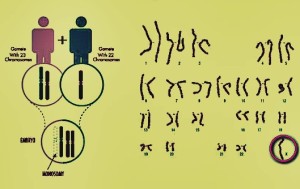
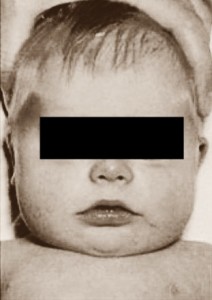
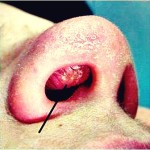
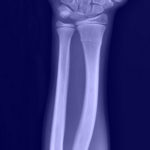
best rated canadian pharmacy pharmacy tech certification online
❤️ Catherine want to meet you! Click Here: http://bit.do/fSUSV ❤️